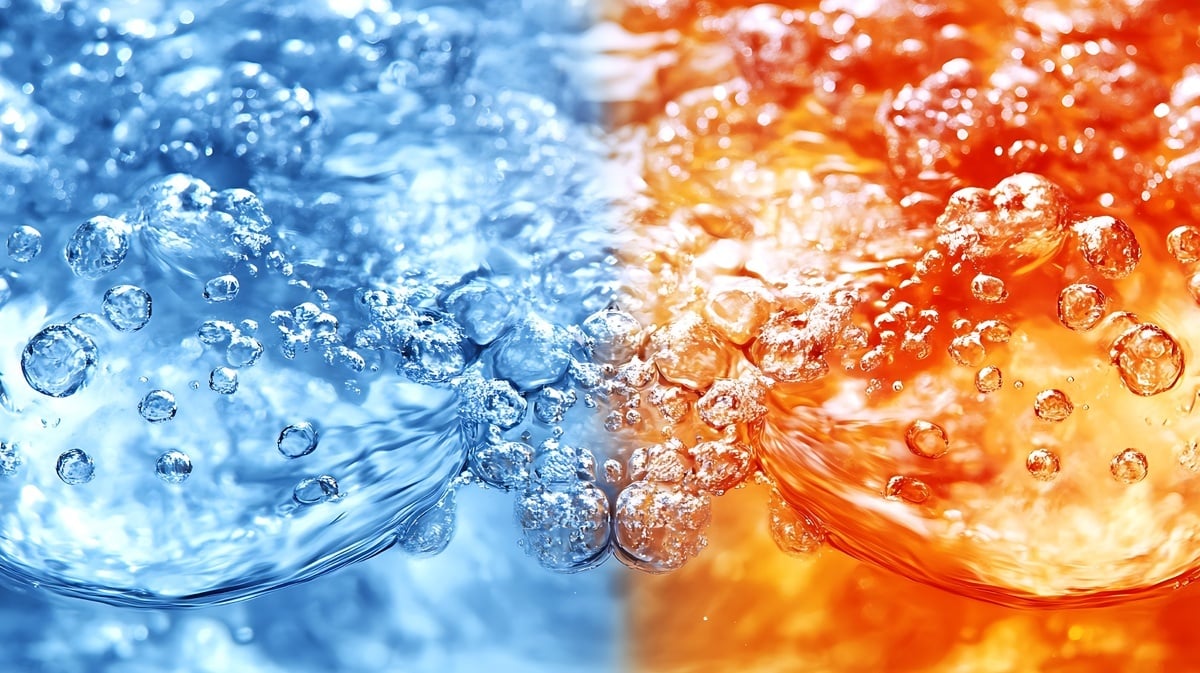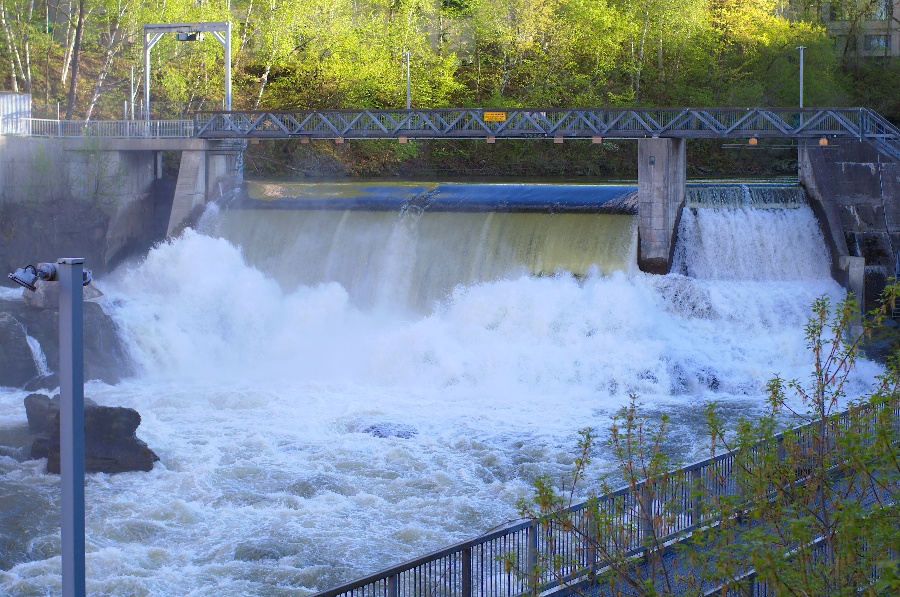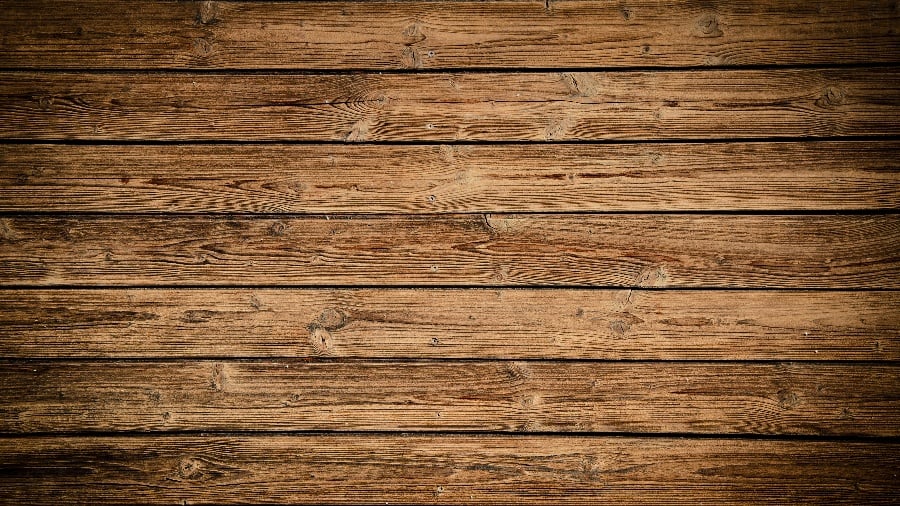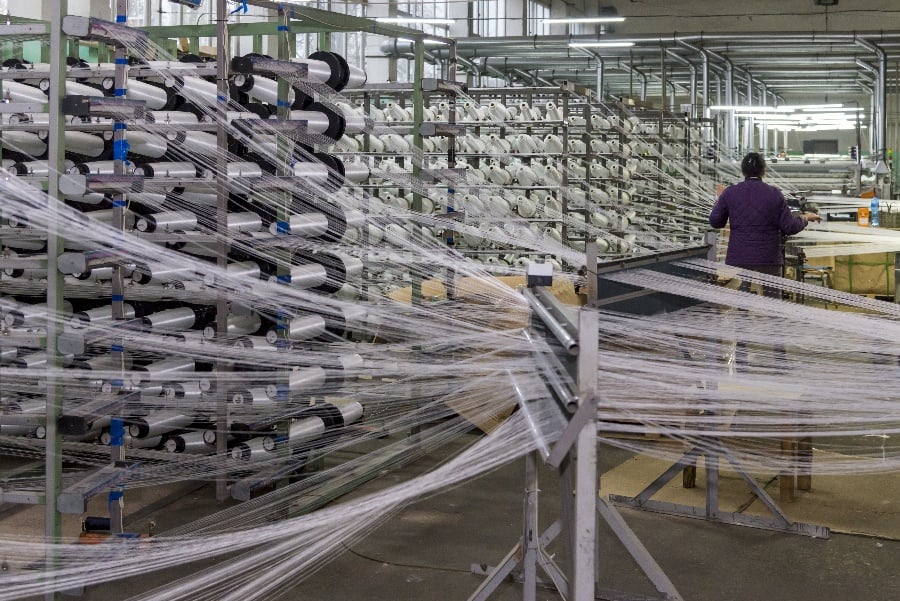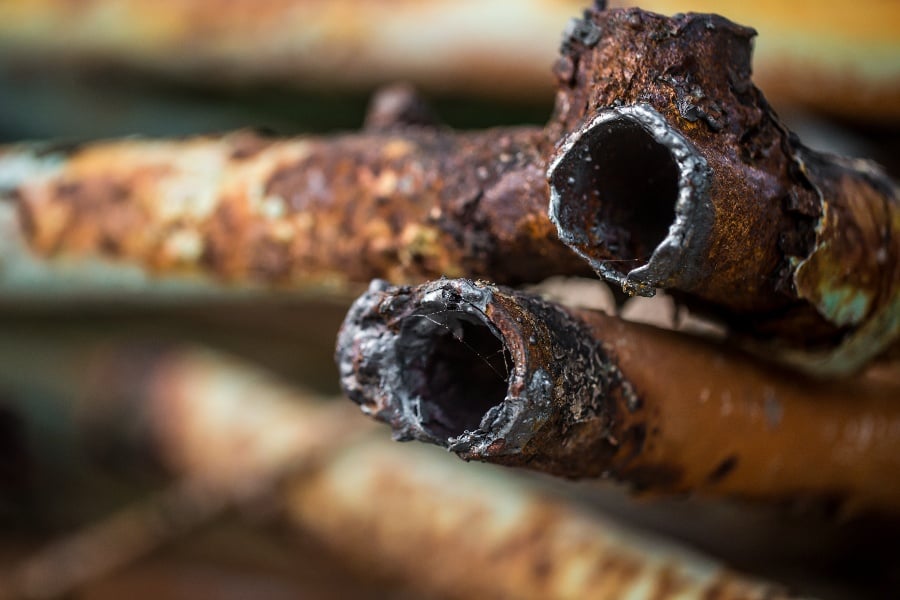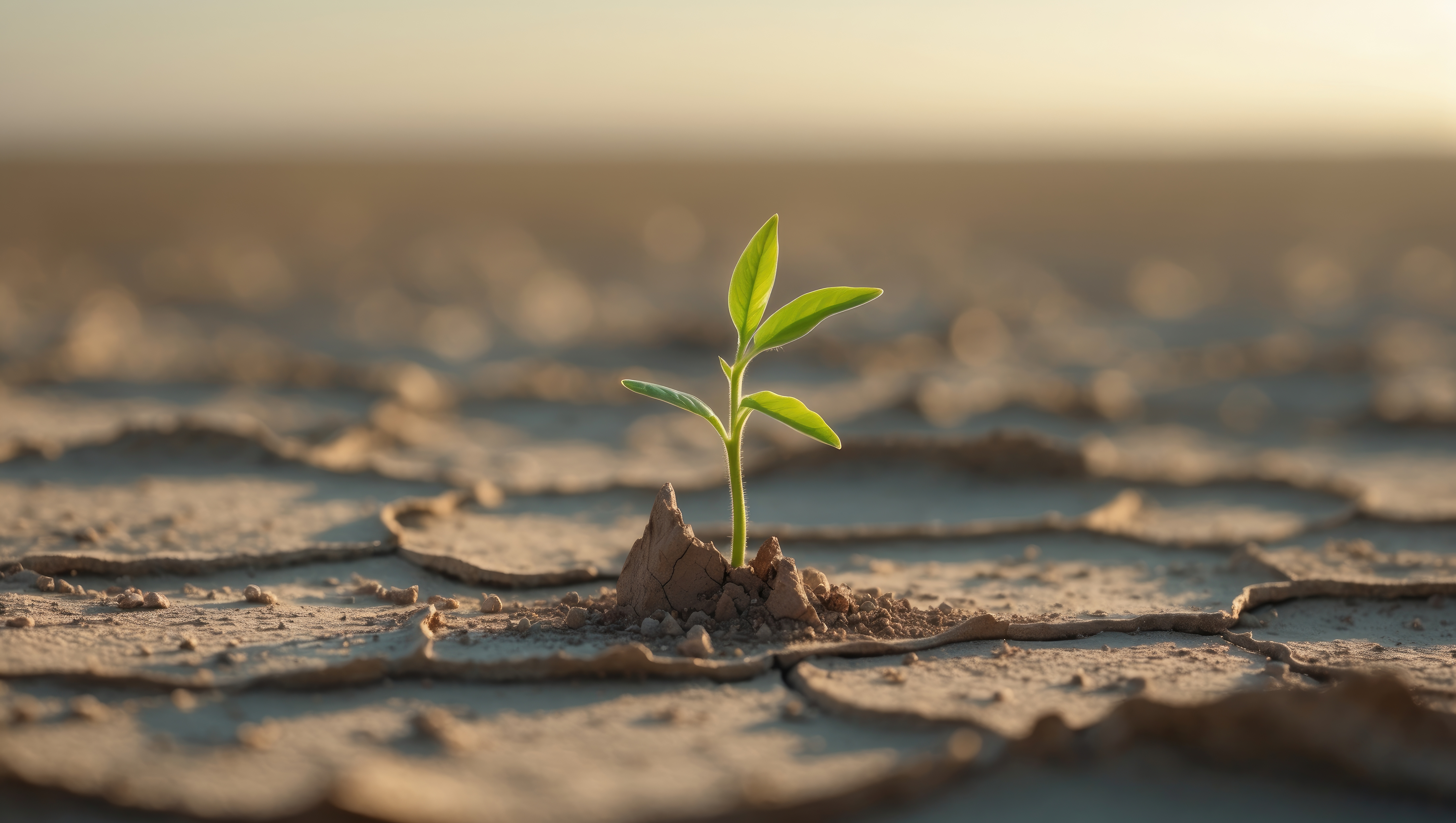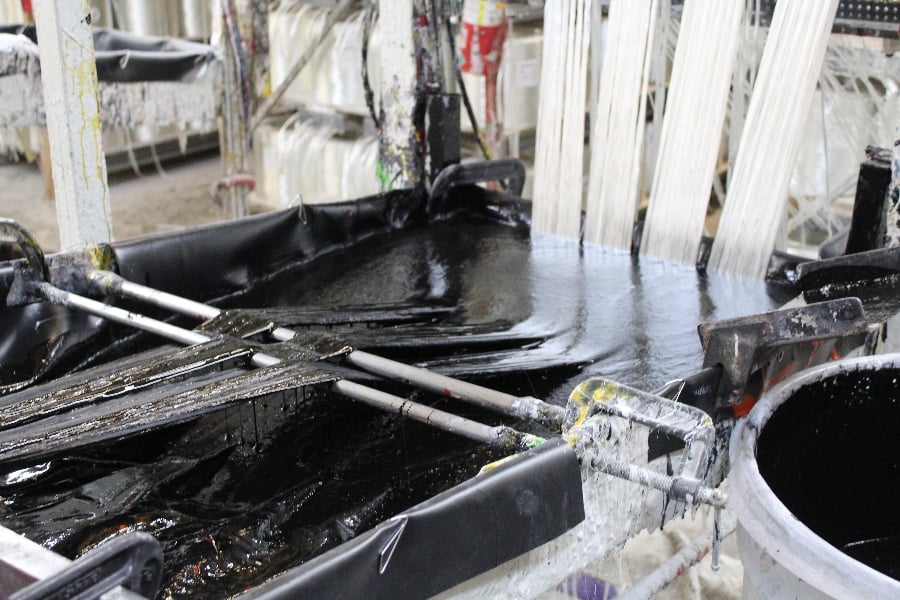
Pultruded fiberglass, a composite material formed by pulling fiberglass reinforcements through a resin bath and heated die, is celebrated for its strength, lightweight nature, and corrosion resistance. One of its lesser-discussed but critical advantages is its ability to perform reliably in extreme temperatures, from scorching heat to freezing cold. This makes it an ideal choice for applications in challenging environments, such as industrial furnaces, arctic infrastructure, or desert installations.
Below, we explore how pultruded fiberglass performs in extreme temperatures and why it’s a top choice for such conditions.
Why Temperature Performance Matters
Extreme temperatures can compromise the integrity of traditional materials like steel, aluminum, or wood. High heat may cause metals to soften or corrode, while freezing conditions can make materials brittle or prone to cracking. Pultruded fiberglass, with its unique composition, offers exceptional thermal stability, ensuring:
-
Structural Reliability: Maintains strength and stiffness in harsh conditions, preventing failures.
-
Safety: Reduces risks associated with material degradation in critical applications.
-
Cost Savings: Minimizes maintenance or replacement needs in extreme environments.
Understanding how pultruded fiberglass behaves in high and low temperatures is key to leveraging its benefits for your project.
Performance in High Temperatures
Pultruded fiberglass is engineered to withstand elevated temperatures, making it suitable for applications like industrial furnaces, chemical plants, or desert infrastructure.
1. Heat Resistance
The resin matrix in pultruded fiberglass, typically polyester, vinyl ester, or epoxy, determines its heat tolerance. Key performance insights include:
-
Polyester Resins: Suitable for temperatures up to 200°F (93°C), ideal for moderate heat environments like outdoor structures in hot climates.
-
Vinyl Ester Resins: Withstand temperatures up to 250°F (121°C), offering better performance in industrial settings with intermittent heat exposure.
-
Epoxy Resins: Handle temperatures up to 300°F (149°C) or higher, making them suitable for extreme heat applications like furnace supports or aerospace components.
Specialized high-temperature resin formulations can extend performance beyond 400°F (204°C) for niche applications, though these require consultation with the manufacturer.
2. Fire-Retardant Properties
In environments where fire risk is a concern, pultruded fiberglass can be formulated with fire-retardant resins to meet standards like ASTM E84 or UL 94. These formulations:
-
Limit Flame Spread: Slow the spread of fire, enhancing safety in applications like chemical plant platforms or oil refinery structures.
-
Reduce Smoke Generation: Produce minimal smoke, improving visibility and safety during fire events.
This makes pultruded fiberglass a safe choice for high-heat environments where fire hazards are present.
3. Thermal Expansion
Pultruded fiberglass has a low coefficient of thermal expansion compared to metals, meaning it expands and contracts minimally with temperature changes. This stability:
-
Prevents Warping: Ensures components like beams or panels maintain their shape in hot climates.
-
Maintains Joint Integrity: Reduces stress on fasteners or connections, enhancing structural longevity.
For example, fiberglass profiles in desert solar farms remain dimensionally stable despite intense heat, ensuring reliable performance.
Performance in Low Temperatures
Pultruded fiberglass also excels in freezing conditions, making it ideal for arctic infrastructure, cold storage facilities, or outdoor applications in harsh winters.
1. Cold Weather Durability
Unlike metals, which can become brittle at low temperatures, or wood, which may crack due to moisture freezing, pultruded fiberglass remains resilient. Its key advantages include:
-
Impact Resistance: Maintains toughness in temperatures as low as -40°F (-40°C), preventing cracking in applications like arctic pipelines or walkways.
-
Moisture Resistance: Non-porous surfaces resist water absorption, preventing damage from freeze-thaw cycles that can degrade concrete or wood.
For instance, fiberglass grating used in polar research stations withstands subzero temperatures without losing structural integrity.
2. Flexibility in Cold Environments
The composite nature of pultruded fiberglass allows it to flex slightly without breaking, even in extreme cold. This flexibility is critical for:
-
Dynamic Loads: Components like bridge decking or railings that experience vibration or impact in cold climates.
-
Thermal Cycling: Structures exposed to rapid temperature swings, such as outdoor utility poles in regions with day-night temperature variations.
This ensures reliable performance in environments with fluctuating or consistently low temperatures.
Applications in Extreme Temperature Environments
Pultruded fiberglass’s ability to perform in extreme temperatures makes it suitable for a wide range of applications, including:
-
Industrial Facilities: Grating, ladders, and supports in chemical plants or refineries where high heat or chemical exposure is common.
-
Arctic Infrastructure: Walkways, railings, or pipeline supports in polar regions or cold storage facilities, where subzero temperatures prevail.
-
Desert Installations: Structural profiles for solar farms or communication towers, enduring intense heat and UV exposure.
-
Aerospace and Defense: Components like radar supports or aircraft hangar structures that face both high and low temperature extremes.
These applications highlight the versatility of pultruded fiberglass in challenging thermal conditions.
Advantages Beyond Temperature Performance
In addition to its thermal stability, pultruded fiberglass offers complementary benefits in extreme environments:
-
Corrosion Resistance: Resists degradation from chemicals or saltwater, ideal for coastal or industrial settings with temperature extremes.
-
Lightweight: Simplifies installation and reduces structural loads, even in remote or harsh locations.
-
Customizability: Profiles can be tailored with specific resins or additives to enhance performance for unique temperature requirements.
These properties make pultruded fiberglass a practical and reliable choice for demanding projects.
Considerations for Specifying Pultruded Fiberglass
To maximize performance in extreme temperatures, consider these factors when specifying pultruded fiberglass:
-
Resin Selection: Choose polyester for moderate heat, vinyl ester for higher temperatures, or epoxy for extreme heat or specialized applications.
-
Additives: Incorporate fire-retardant or UV-resistant additives for added protection in high-heat or outdoor environments.
-
Testing Data: Request manufacturer data on thermal performance, such as heat deflection temperature (HDT) or cold impact resistance, to ensure suitability.
-
Consultation: Work with your pultrusion partner to select the right materials and profiles for your specific temperature range.
Proper specification ensures your fiberglass components perform reliably under thermal stress.
Why Pultruded Fiberglass Is Ideal for Extreme Temperatures
Pultruded fiberglass’s ability to maintain strength, stability, and safety in extreme temperatures sets it apart from traditional materials. Its resistance to heat, cold, and thermal cycling ensures:
-
Reliability: Consistent performance in demanding environments, reducing the risk of failures.
-
Cost Efficiency: Minimal maintenance and long service life lower lifecycle costs.
-
Versatility: Suitable for diverse applications, from industrial to arctic to desert settings.
By choosing pultruded fiberglass, you can confidently address the challenges of extreme temperature environments.
Conclusion
Pultruded fiberglass is a proven solution for projects requiring reliable performance in extreme temperatures. Its heat resistance, cold weather durability, and low thermal expansion make it ideal for applications where traditional materials falter. Whether you’re designing for industrial furnaces, arctic infrastructure, or desert installations, pultruded fiberglass delivers unmatched resilience and value.
At Tencom, we specialize in high-quality pultruded fiberglass products engineered for extreme conditions. Contact us today to learn how our solutions can support your next project with superior temperature performance.

